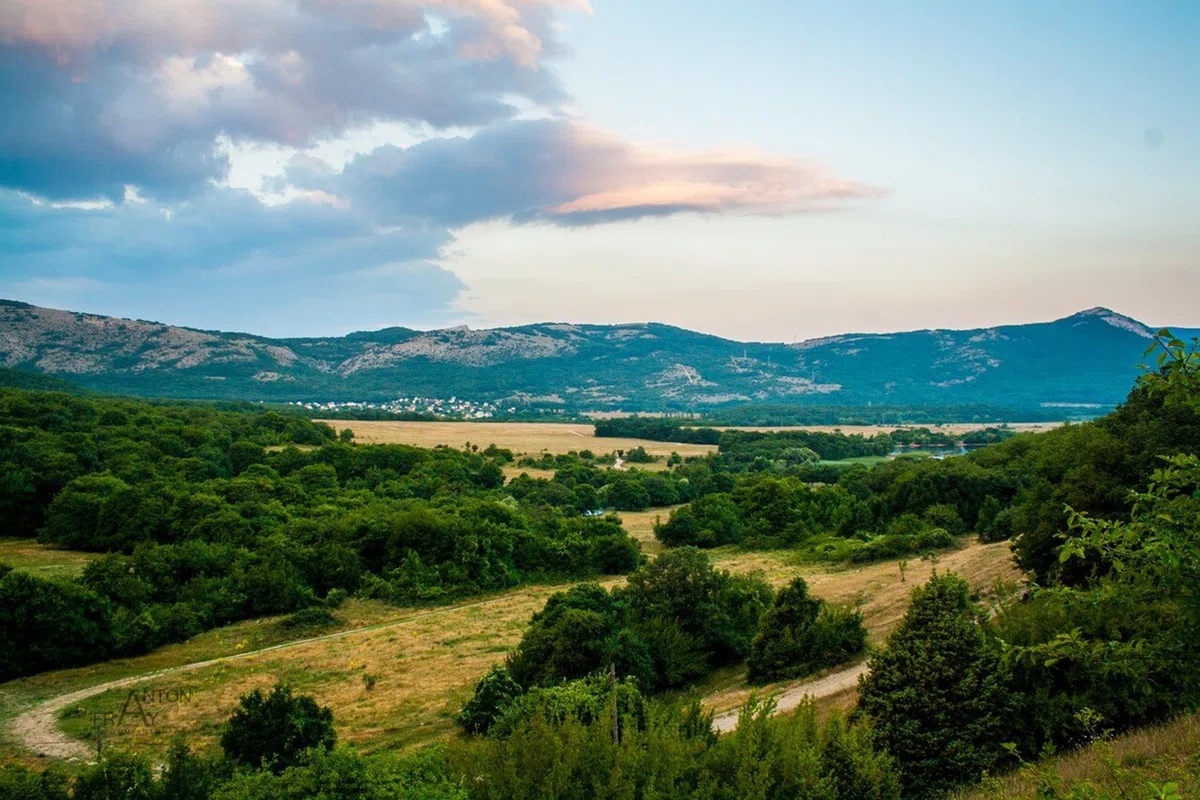
Where to find the rarest plant species in Georgia? Visit the Batsar Valley.
In the Batsar valley you will be able to meet the rarest type of vegetation, namely yew. The yew grove, which is present here, dates back tens of millions of years. In addition to the dense yew groves, which are the most important plant in this place, you will also be able to see many other plant species.
One of the rarest species of flora – yew – is common in Georgia in many places, although in small quantities. Most of all, this plant is found in the Batsar State Reserve in the Akhmet municipality.
The yew tree existed several million years ago, withstood climatic changes and has reached our time. The average length of the plant is 10-20 m, in special cases – 28 m. Yew was widespread in Europe in the Tertiary period. The trunk of the plant has a yellowish-red color and does not rot. Therefore, yew is popularly called "ulpobela" - non-rotting. Due to the expensive wood, the distribution area of this plant has significantly decreased. Currently, yew is an endangered plant species and is often found as separate units.
The Batsar Nature Reserve is located in the Pankisi Gorge, in the valley of the Batsari River, the right tributary of the Alazani River, at an altitude of 700-2000 m above sea level. In the middle part of the valley, on an area of almost 270 hectares, groves with relics of the dendoflora of the tertiary period – yew - have been preserved. Yew groves of this size have no analogues in the world. Locals call the oldest yew tree the "patriarch tree": the age of the tree is approximately 1800 years, its length exceeds 30 m. There are many legends about the yew grove. According to one of them, little Jesus was hiding in the grove, the branches of the yew trees scratched him. And the blood of little Jesus turned the wood red. Perhaps that is why yew is also called "God's tree".
Another legend is connected with the name of Queen Tamara: the people sent one person to the queen with a petition so that Tamara would allow trees to be cut down in the grove. The queen refused to fulfill the request with the words "Don't ask for it!". Since then, this tree has been called "uthovari" - "not subject to request". Perhaps the firm position of Queen Tamara contributed to the preservation of the grove. However, more reliable is the fact that the needles and young buds of the tree contain poisonous alkaloids that kill pets. Therefore, cattle are not allowed into the yew grove.
Currently, the yew groves in the Batsaro-Babanaur forest are being investigated by German scientists. Probably, after their scientific conclusions, the Batsaro-Babanaur forest will be included in the UNESCO World Heritage List.

Location:
Akhmet municipality, right bank of the Alazani River, at an altitude of 750 m above sea level.

Coordinates:
N42 13'12''; Е45 18'25''.

How to get:
The distance from Tbilisi (via Telavi) is 140 km, from Akhmeta – 26 km, from Telavi – 55 km.













48 comments
Log in to leave a comment
Я очень заинтересован в посещении Бацарского заповедника и увидеть эти уникальные тисовые рощи своими глазами. Спасибо Madloba.info за то, что предоставляет такую ценную информацию о Грузии и ее природных достопримечательностях.
Как в Грузии всё связано с историей,очень интересно.А вот про тис я слышала,но таких подробностей не знала.Удивительнные тисовые леса
видавшие тысячелетние события которые происходили на территории долины.Очень интересно.